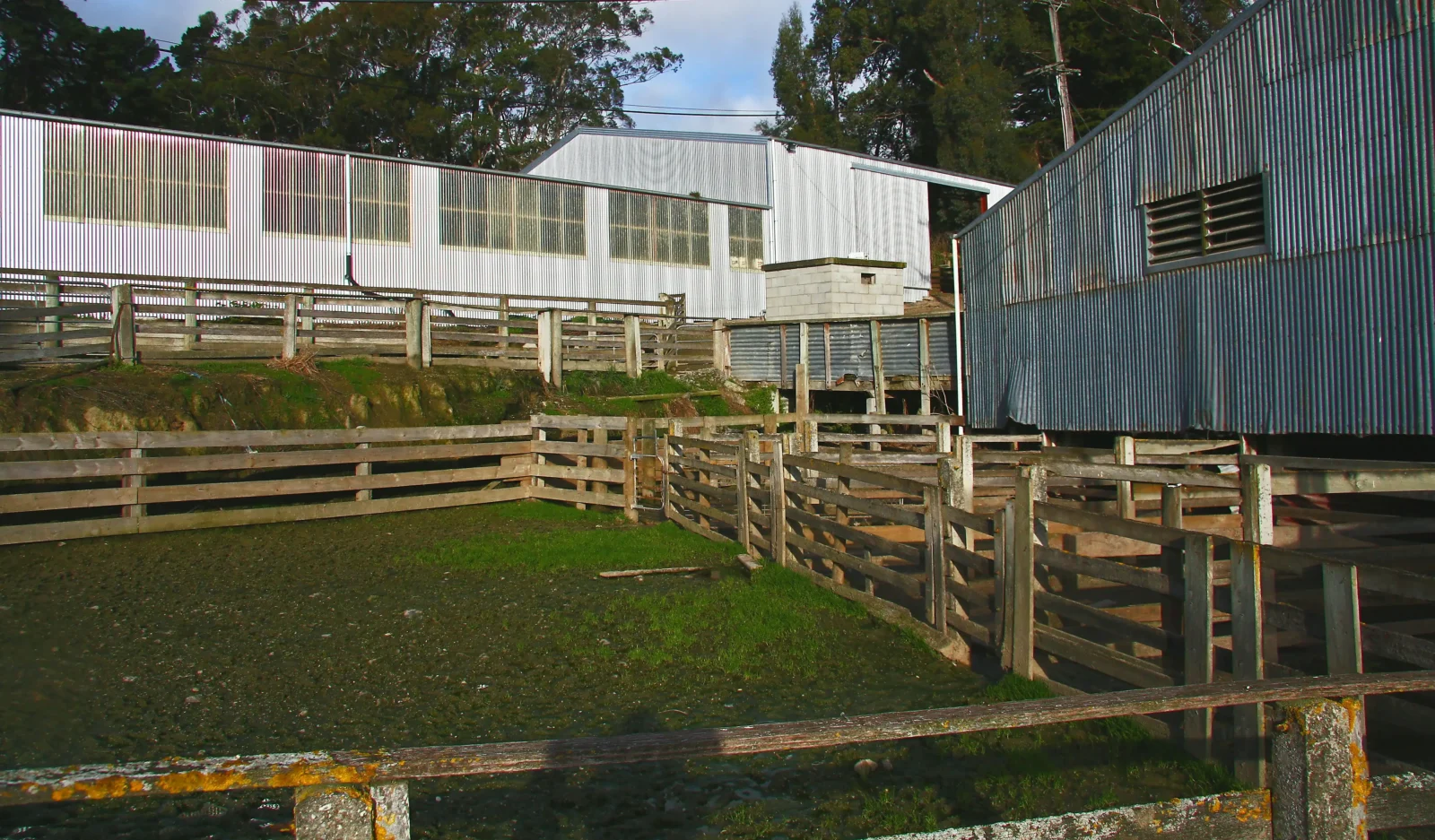- Home
- Articles
- Architectural Portfolio
- Architectral Presentation
- Inspirational Stories
- Architecture News
- Visualization
- BIM Industry
- Facade Design
- Parametric Design
- Career
- Landscape Architecture
- Construction
- Artificial Intelligence
- Sketching
- Design Softwares
- Diagrams
- Writing
- Architectural Tips
- Sustainability
- Courses
- Concept
- Technology
- History & Heritage
- Future of Architecture
- Guides & How-To
- Art & Culture
- Projects
- Interior Design
- Competitions
- Jobs
- Store
- Tools
- More
- Home
- Articles
- Architectural Portfolio
- Architectral Presentation
- Inspirational Stories
- Architecture News
- Visualization
- BIM Industry
- Facade Design
- Parametric Design
- Career
- Landscape Architecture
- Construction
- Artificial Intelligence
- Sketching
- Design Softwares
- Diagrams
- Writing
- Architectural Tips
- Sustainability
- Courses
- Concept
- Technology
- History & Heritage
- Future of Architecture
- Guides & How-To
- Art & Culture
- Projects
- Interior Design
- Competitions
- Jobs
- Store
- Tools
- More

Home improvement projects can significantly enhance the value, comfort, and aesthetic appeal of your home. Whether you’re planning a major renovation, upgrading outdated systems, or simply making some small changes, financing these improvements is often a crucial consideration. There are various types of loans available to help homeowners fund their projects, each with its own benefits and drawbacks. Understanding these options can help you make an informed decision about which type of loan best suits your needs.
Table of Contents
Toggle1. Home Equity Loan
Home equity loans are a popular choice for homeowners who have built up equity in their property. These loans allow you to borrow a lump sum of money based on the value of your home minus any outstanding mortgage.
Key Features:
- Fixed Interest Rates: Home equity loans typically come with a fixed interest rate, making it easier to budget for consistent monthly payments.
- Large Loan Amounts: Because these loans are secured by your home, they often come with higher borrowing limits, making them ideal for substantial renovations.
- Tax Benefits: Interest on a home equity loan may be tax deductible, depending on how the funds are used and current tax laws.
Considerations:
- Risk to Home: Your home is used as collateral, so if you fail to repay the loan, you risk foreclosure.
- Costs: There can be significant closing costs and fees associated with home equity loans.
2. Home Equity Line of Credit (HELOC)
A HELOC is similar to a home equity loan but functions more like a credit card. Instead of receiving a lump sum, you’re given a line of credit that you can draw from as needed, up to a certain limit.

Key Features:
- Flexibility: You only borrow what you need, when you need it, and you only pay interest on the amount you borrow.
- Variable Interest Rates: HELOCs often have variable interest rates, which can fluctuate over time. However, some lenders offer fixed-rate options during the repayment period.
- Revolving Credit: As you pay off the principal, the available credit replenishes, allowing for ongoing access to funds.
Considerations:
- Risk of Rising Rates: With a variable rate, your payments could increase if interest rates rise.
- Risk to Home: Like a home equity loan, your home is used as collateral.
3. Personal Loans
Personal loans are unsecured loans that can be used for almost any purpose, including home improvements. Since they are not tied to your home’s equity, they are an attractive option for those who may need more equity built up. Singapore residents often consider visiting a money lender in Bedok who can help with providing flexible loan options tailored to their needs. This makes it easier for borrowers to manage projects or expenses without overextending their finances.
Key Features:
- No Collateral Required: Because personal loans are unsecured, you don’t risk losing your home if you cannot repay the loan.
- Fixed Interest Rates: Many personal loans offer fixed rates, which means your monthly payments will remain the same throughout the loan term.
- Quick Approval: Personal loans often have a faster approval process compared to home equity loans and HELOCs.
Considerations:
- Higher Interest Rates: Because they are unsecured, personal loans typically come with higher interest rates compared to home equity loans or HELOCs.
- Lower Borrowing Limits: Personal loans generally offer lower loan amounts, which may not be sufficient for extensive home renovations.

4. FHA 203(k) Loan
The Federal Housing Administration (FHA) offers a specialized loan for home buyers and homeowners looking to finance both the purchase and renovation of a property. The FHA 203(k) loan allows you to roll the costs of repairs and upgrades into your mortgage.
Key Features:
- Low Down Payment: The FHA 203(k) loan requires a low down payment, which is beneficial for those with limited upfront funds.
- Government-Backed: As an FHA-insured loan, it is easier to qualify for, particularly for borrowers with lower credit scores.
- Interest on Full Amount: Unlike a HELOC or personal loan, you’ll pay interest on the entire loan amount, which includes both the purchase price and renovation costs.
Considerations:
- Strict Requirements: The FHA imposes specific guidelines on the types of repairs and improvements that can be financed.
- Mortgage Insurance: Borrowers are required to pay mortgage insurance premiums, which can add to the overall cost.
5. Cash-Out Refinance
Cash-out refinancing involves refinancing your existing mortgage for more than you currently owe and taking the difference in cash. This option is ideal for homeowners who want to take advantage of lower interest rates or need a large sum for home improvements.
Key Features:
- Lower Interest Rates: Cash-out refinancing often offers lower interest rates compared to personal loans or credit cards.
- Potential Tax Benefits: Like home equity loans, the interest may be tax-deductible, depending on the purpose of the funds.
Considerations:
- Closing Costs: Refinancing comes with closing costs, which can be substantial.
- Risk to Home: Since your home secures the loan, failure to repay could result in foreclosure.

6. Quick Loans
Quick loans, also known as same-day loans, are short-term loans designed to provide fast access to cash. These loans are often used for smaller, urgent home repairs rather than major renovations.
Key Features:
- Fast Approval and Disbursement: Quick loans are known for their speedy approval process, with funds often available within 24 hours.
- No Collateral Required: These are typically unsecured loans, so you don’t have to use your home as collateral.
Considerations:
- Higher Interest Rates: Quick loans usually come with higher interest rates due to their short-term nature and the speed of approval.
- Smaller Loan Amounts: They are generally better suited for smaller home improvement projects or emergency repairs rather than large-scale renovations.
Conclusion
Choosing the right type of loan for your home improvement project depends on various factors, including the scope of your project, your financial situation, and how quickly you need the funds. Home equity loans and HELOCs are ideal for larger, long-term projects where you can leverage your home’s equity. Personal loans and quick loans are better suited for smaller or emergency repairs, especially if you don’t want to put your home at risk. Understanding these options will help you select the best financing solution to achieve your home improvement goals.
illustrarch is your daily dose of architecture. Leading community designed for all lovers of illustration and #drawing.
Submit your architectural projects
Follow these steps for submission your project. Submission FormLatest Posts
Best Resources for Aspiring Architects Today
Architecture schools teach design theory really well. But they often skip the...
Architecture Mapping & GIS Tools and Resources in 2025
A comprehensive guide to the best architecture mapping tools and GIS platforms...
The Growing Demand for Accessible Home Features
Home should be the easiest place to move, cook, rest, and connect....
6 Ways Technology Is Transforming Animal Control Practices Today
Animal control is changing fast. New tools help teams prevent conflicts, protect...












Leave a comment